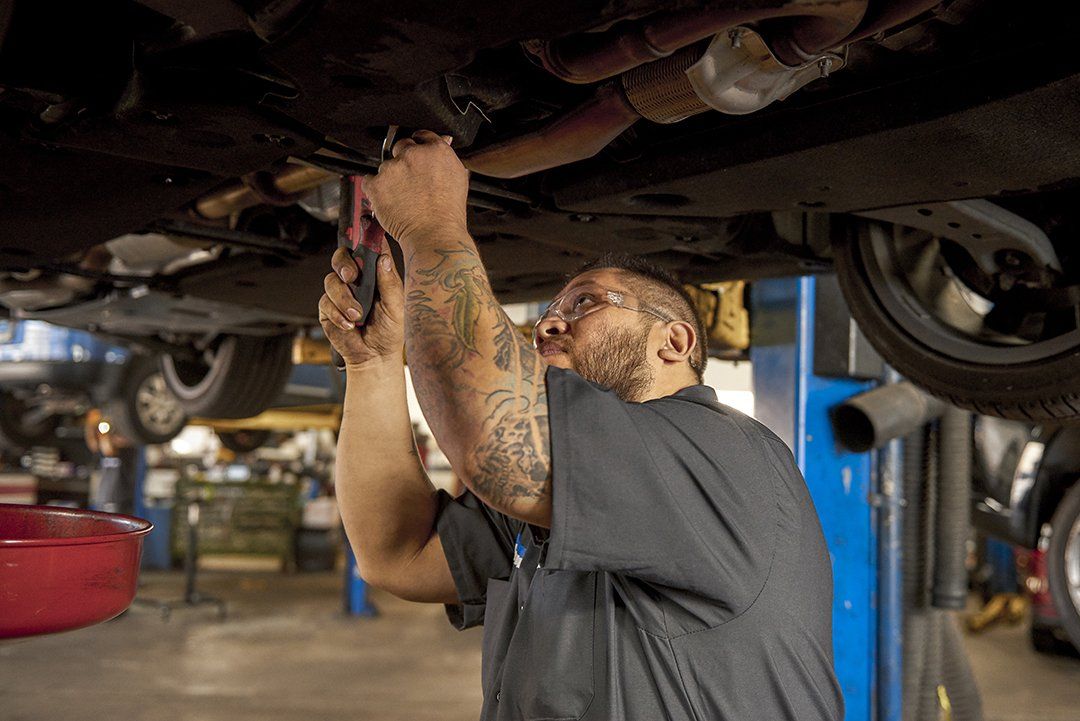Manual transmission systems, also called hand-operated transmissions or stick shifts, need motorists to by hand pick equipments making use of a gear stick and operate a clutch pedal. This setup supplies direct control over the automobile's power and rate, allowing for a much more involved driving experience. The core components of a manual transmission include equipments, shafts, and synchronizers, which collaborate to transmit engine power to the wheels effectively.
In a typical handbook transmission, the chauffeur makes use of the clutch pedal to disengage the engine from the transmission, picks the preferred gear utilizing the gear stick, and afterwards launches the clutch to re-engage the engine with the brand-new equipment ratio. This process permits accurate control over the lorry's performance, making it possible for drivers to optimize power shipment for various driving problems. The direct mechanical connection in hand-operated transmissions usually leads to much better fuel efficiency and an extra linked feeling between the chauffeur and the automobile.

The drivetrain in vehicles with hand-operated transmissions consists of numerous vital components:
•Clutch: Engages and disengages the engine from the transmission to permit gear adjustments.
•Gearbox: Consists of a collection of gears that can be picked to adjust the automobile's rate and torque.
•Driveshaft: Sends power from the transmission to the differential.
•Differential: Distributes power to the drive wheels while allowing them to revolve at various rates, specifically during turns.

Understanding these elements is crucial for correct car upkeep and operation, guaranteeing a smooth and receptive driving experience.
Check for more info at Logan Square Auto Repair - Automatic/Manual Transmission Systems Facebook Youtube Instagram
Navigation
Latest Posts
Visit Bill Walsh Ford Dealership – Discover New Arrivals!
The Environmental and Financial Advantages of Nissan Electric Cars
Friendly Lincoln: Hit the Road with Exclusive Discounts